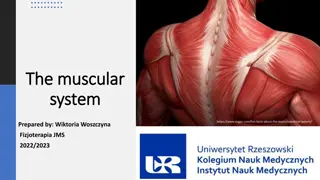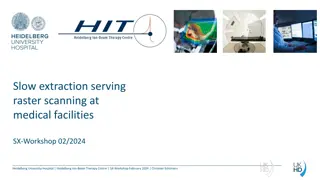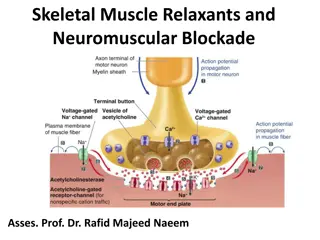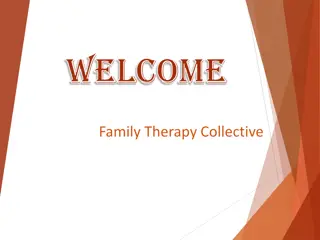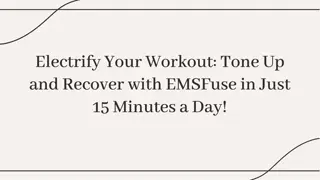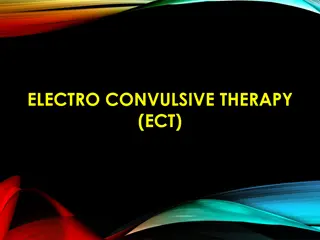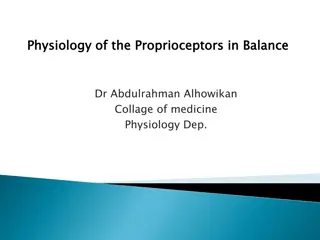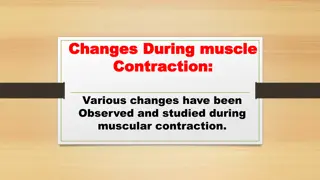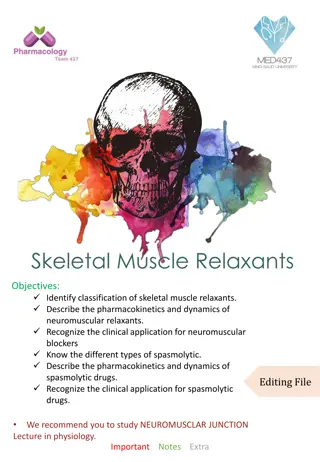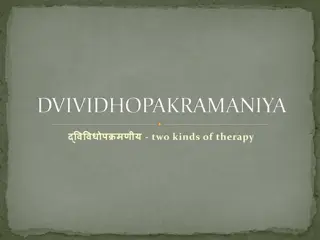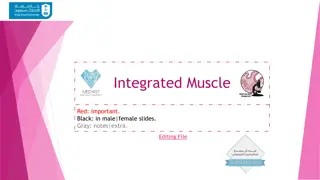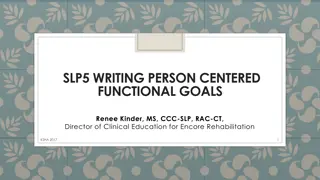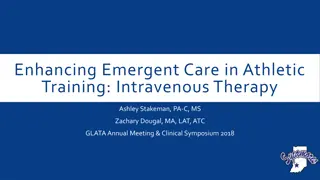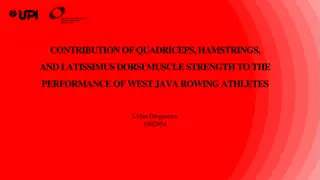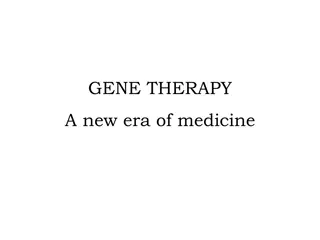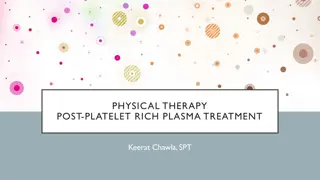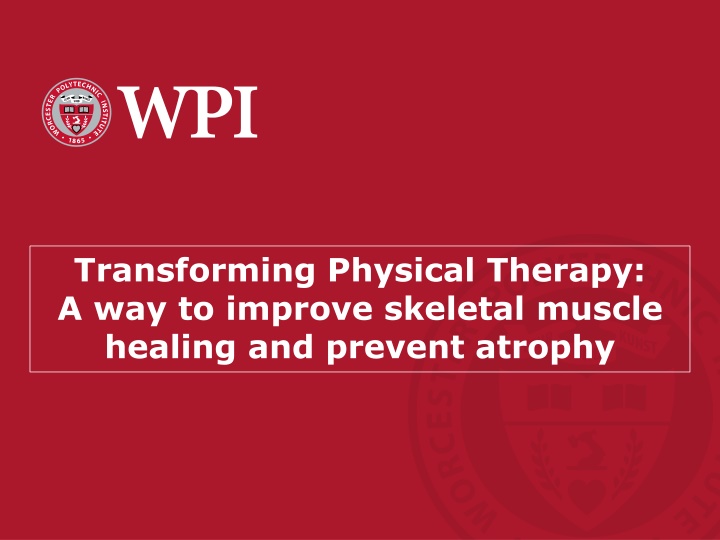
Enhancing Skeletal Muscle Healing Through Innovative Physical Therapy
Explore how a team is revolutionizing physical therapy to enhance skeletal muscle healing and prevent atrophy. Join a mission that aims to transform clinical care for trauma patients, the elderly, astronauts, and more. Lead the design and development of a groundbreaking solution to address muscle regeneration challenges, with a focus on novel, effective, and cost-efficient approaches.
Download Presentation

Please find below an Image/Link to download the presentation.
The content on the website is provided AS IS for your information and personal use only. It may not be sold, licensed, or shared on other websites without obtaining consent from the author. If you encounter any issues during the download, it is possible that the publisher has removed the file from their server.
You are allowed to download the files provided on this website for personal or commercial use, subject to the condition that they are used lawfully. All files are the property of their respective owners.
The content on the website is provided AS IS for your information and personal use only. It may not be sold, licensed, or shared on other websites without obtaining consent from the author.
E N D
Presentation Transcript
Transforming Physical Therapy: A way to improve skeletal muscle healing and prevent atrophy
Advisor: Raymond Page, PhD rpage@wpi.edu Colaborator: Giorgio Giatsidis, MD, PhD Plastic Surgery Division, UMMS giorgio.giatsidis@umassmed.edu Area of study : Medical Devices, Portable Devices Expertise required: Needed: Mechanical engineering, Biomedical engineering, Device prototyping, Electrical engineering, Entrepreneurial spirit, Vision to improve healthcare 1 or 2 project teams 4 student teams preferred
Mission Our work will change the lives of many, transforming clinical care and outcomes for trauma patients, severely sick individuals bound to a bed or in an Intensive Care Unit, wheelchair users, elderly, and even astronauts or future space travelers. Problem To date, there is no effective treatment to promote skeletal muscle regeneration after trauma or to limit muscle loss caused by atrophy. Examples of individuals affected by these conditions are countless: from work-related injuries to victims of car accidents, wounded military, the elderly, patients in Intensive Care Units (after a week of immobility in an ICU even Tom Brady would not be able to walk without rehabilitation), patients with spinal cord injuries, and even astronauts on missions (40% of muscle mass loss in absence of gravity; guess what NASA is looking at to go to Mars?). Like every other tissue in our bodies, skeletal muscles respond to mechanical stimulation. Actually, skeletal muscles are among the most mechano- responsive tissues we have. Adequate mechanical stimulation (e.g. loading) promotes muscle growth and proliferation (think: the gym!) whereas inadequate (or lack of) stimulation causes atrophy and cell loss (think of all examples above). Physical Therapy is the only existing sort of mechano-therapy but its applicability to every case/condition is severely limited by effectiveness, costs, availability of resources/personnel/facilities, time, etc. Our team is working on developing novel effective and inexpensive solutions thatcould be applied to all conditions listed above/all individuals. Our current work is funded by the Department of Defense and focuses on validating the biology and optimizing protocols of treatment, but not (yet) the related device. Project goals Based on the problem, define the need Formulate and communicate an N A B C Value Proposition Specifically, you will lead the efforts to design and develop a solution to this problem. We will work together on iterative efforts aimed at identifying the best design/solution to this problem with the most effective and user-friendly approach to deliver the treatment in different scenarios and conditions. Although we obviously have early ideas on options to be explored, we want your critical thinking and expertise to freely guide the actual R&D of the final solution. Overall, this will be a partnership in which you will have both total support but also freedom to operate. As our animal studies will progress in parallel, you will also be able to design early prototypes to be directly validated in rat and pig models. Ultimately, the project will need to advance to early prototypes ready to be clinically tested (we WILL be able to test these in vivo in a pilot trial). Significant IP is expected. From a regulatory standpoint, the final device will likely be an FDA Class II medical device and fall into a 501(k) pathway: this means rapid translation to patient care and market. We aim for this project to ultimately lead to a spin-off small business, with potential opportunities for those of you interested to also take a lead in continuing bringing the technology to commercialization. Applications Any condition causing skeletal muscle loss either through trauma or atrophy. The medical target population/market is huge. We have a good collaboration with the Department of Defense and leading medical centers for musculoskeletal rehabilitation (Spaulding). Locally, we are in contact with Intensive Care Units, Geriatric Units and all other possible interested stakeholders. A possible secondary target/market could be enhancing physical training/athletic performances in healthy individuals.

